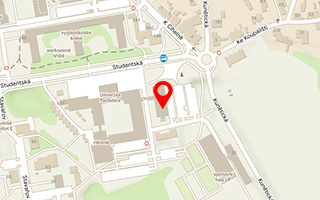Publikace detail
Conditions for Integration of Central Europe at the End of the Middle Ages (1356-1495)
Autoři:
Vorel Petr
Rok: 2017
Druh publikace: článek v odborném periodiku
Název zdroje: Comenius : Journal of Euro - American Civilization
Strana od-do: 173-196
